[Editor’s note: Especially as the world looks towards recovery from the impact of coronavirus, we felt readers would find this guest post from UK crisis communications consultant Amanda Coleman particularly useful.]
Communicating through crisis to recovery
Moving from crisis to recovery is not as simple as it may sound if it is to be done effectively. It requires a lot of careful thought, consideration, and assessment of the current position. Taking the step forward can feel overwhelming particularly when every move is being watched by customers, employees, and the media.
So, are you ready to move into recovery and start that phase of the communication? The business needs to be clear what has been achieved and how it is going to move forward before deciding if the time may be right. It is why completing a recovery communication readiness assessment is important as it will gauge what gaps may exist and whether you should move away from a crisis communication strategy.
In my Recovery Communication Readiness Assessment Guide, I have outlined five areas that need to be considered: organisational capacity, employee capability, leadership, resourcing, and business planning. Within each of these areas there are a whole range of questions that need a positive answer to indicate that you are ready. Completing a readiness assessment will also identify those gaps where the preparations and developments need to take place.
When an organisation is in a crisis response mode it is challenging to be able to look clearly at what has been achieved. Moving away from this position may feel uncomfortable with concern that it will be too soon for the business, employees, or the public.
The assessment process covers five stages: data collection, data analysis, plan review, roadmap development and implementation. When people are facing the considerable pressure of dealing with a crisis having a process will help them keep focused on what needs to be done. Keep calm and logically work through the stages.
Too often businesses want to rush ahead into a recovery phase even if the time is not right either for the business or the public. Moving at the wrong time will be ineffective and potentially damaging to the organisation which is seen to be out of step with the public view or is unable to rebuild the operational business. Take the time now to stop, assess and then decide what the next step should be.
Download the Recovery Communication Readiness Assessment Guide here.
Amanda Coleman is a crisis communication consultant and director of Amanda Coleman Communications Ltd and the author of Crisis Communication Strategies published on 26 May 2020.
 Sections of this topic
Sections of this topic















